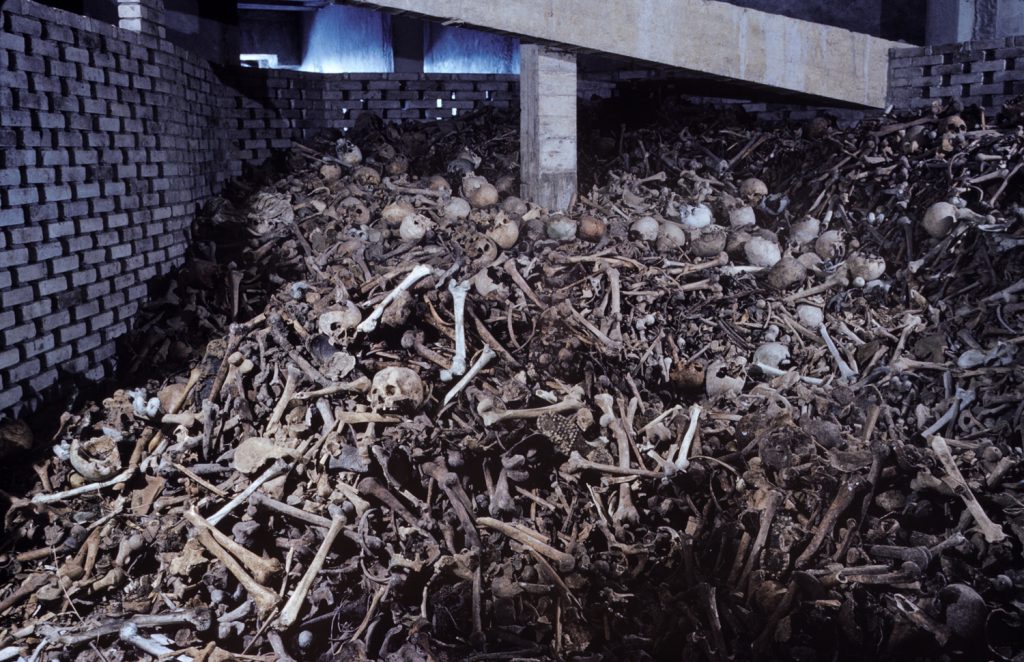“It is a teeth-jarring sport for skaters who race 30 miles every night,” LIFE wrote of roller derby back in December 1948. The sport, LIFE continued, features “enough spills and body contact to gratify even an ice hockey fan.”
LIFE.com here features a number of photographs of women’s roller derby teams in Chicago, made by longtime LIFE photographer George Skadding. Known primarily as a chronicler of politics and presidents—before and after World War II, he was an officer of the White House News Photographers Association—Skadding clearly immersed himself in this particular assignment.
Maybe the open aggression of the sport was a tonic after years of covering Washington, where the assaults tended to be more buttoned-down. Whatever the reason, Skadding evidently enjoyed himself while chronicling these skaters. And according to LIFE, so did the fans at the rink.
“The rules of this spectacle appear to have been cribbed from six-day bike racing . . . and professional wrestling. . . . Audiences have already learned to hiss the sport’s more clumsy villains, but lady skaters are not ostracized when they kick one another in the face.”
Is it any wonder that, while always on the fringes of sporting culture, roller derby still endures?
Liz Ronk edited this gallery for LIFE.com. Follow her on Twitter at @LizabethRonk.

A skillful shoulder block thrown by ‘Fuzzy’ Buchek (left) foiled an attempt by Vivian Johnson (center) to slip between two skaters and start a jam. These were all legal moves.
George Skadding The LIFE Picture Collection/Shutterstock

Roller Derby, Chicago, 1948.
George Skadding The LIFE Picture Collection/Shutterstock

A fight broke out between ‘Toughie’ Brashun (No. 12), Gerry Murray and a hapless mediator from a men’s team (No. 13).
George Skadding The LIFE Picture Collection/Shutterstock

Roller Derby, Chicago, 1948.
George Skadding The LIFE Picture Collection/Shutterstock

Roller Derby, Chicago, 1948.
George Skadding The LIFE Picture Collection/Shutterstock

Roller Derby 1948
George Skadding The LIFE Picture Collection/Shutterstock

Roller Derby, Chicago, 1948.
George Skadding The LIFE Picture Collection/Shutterstock

Roller Derby, Chicago, 1948.
George Skadding The LIFE Picture Collection/Shutterstock

Roller Derby, Chicago, 1948.
George Skadding The LIFE Picture Collection/Shutterstock

Roller Derby, Chicago, 1948.
George Skadding The LIFE Picture Collection/Shutterstock

An illegal hold by the skater at the left (No. 3) let her partner take the lead. It was observed that girls’ tactics were often dirtier than men’s.
George Skadding The LIFE Picture Collection/Shutterstock

LIFE magazine, Dec. 13, 1948.
LIFE Magazine

LIFE magazine, Dec. 13, 1948.
LIFE Magazine

LIFE magazine, Dec. 13, 1948.
LIFE Magazine














































































